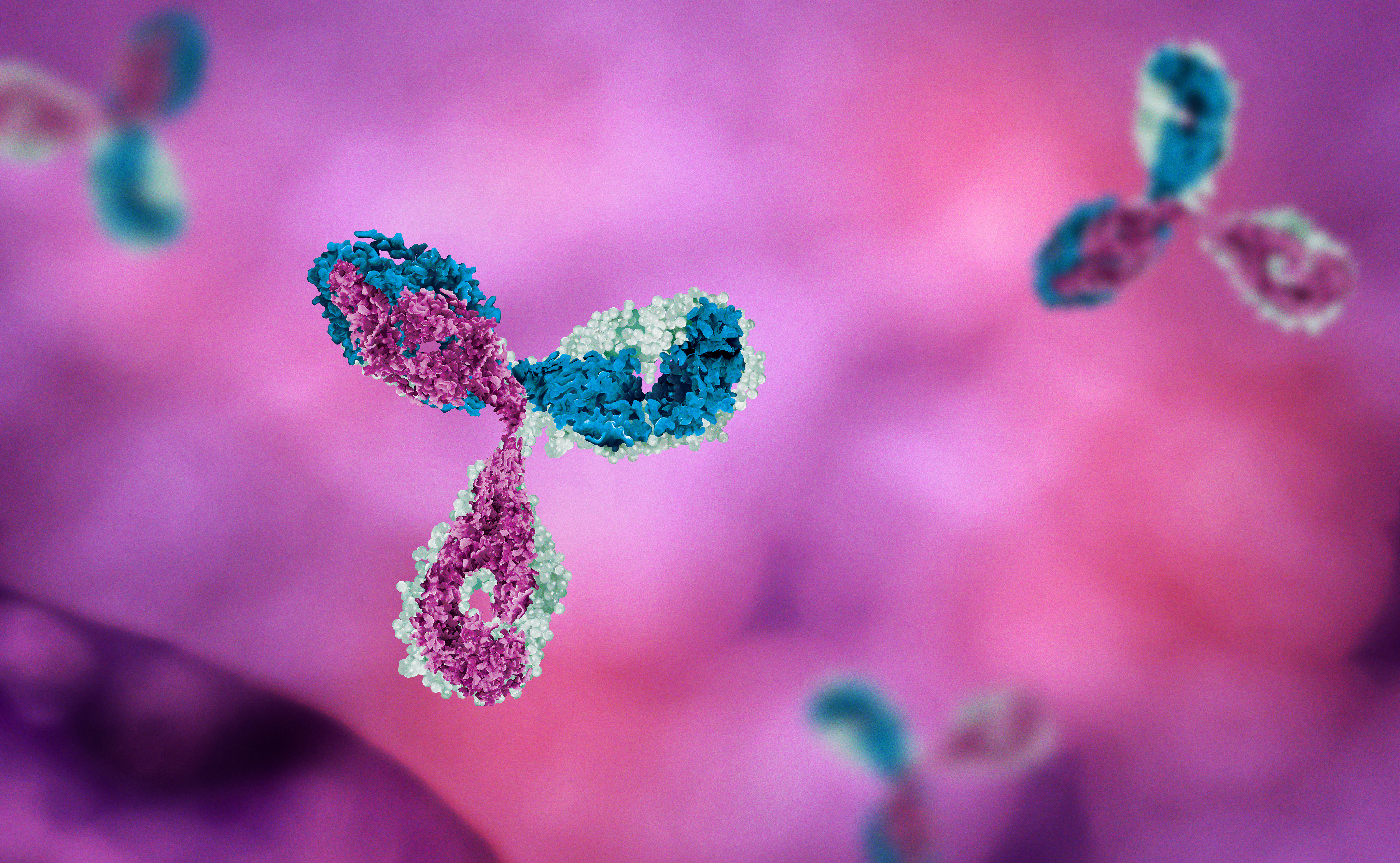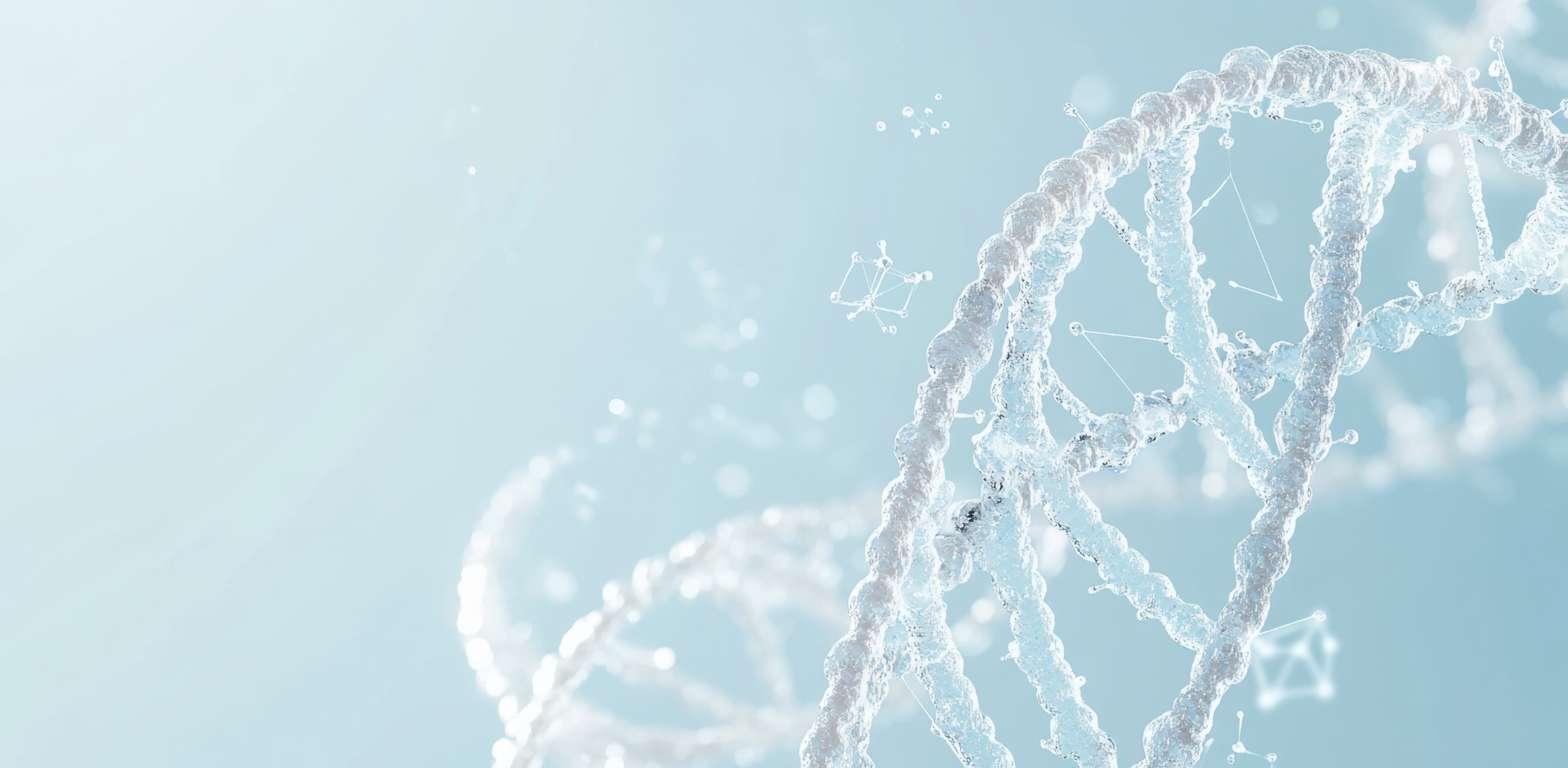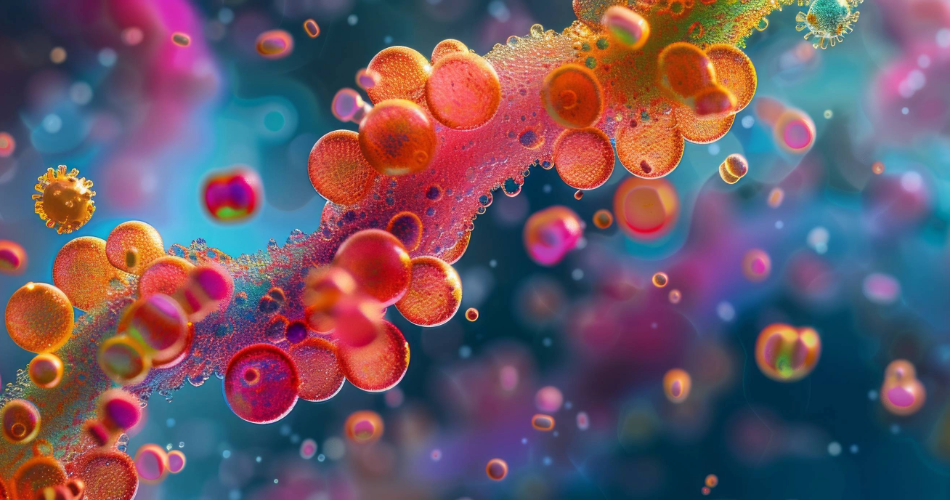
Much of the discussion around future food focusses on cultivated meat, with all the products so-far approved for human consumption being from land animals (e.g. cultivate chicken, quail and beef). However, the production of seafood is also set to be revolutionised by innovation in order to improve sustainability and food security.
The production of seafood has unique challenges, including the overfishing of wild-caught fish, the release of large quantities of polluting effluent by farmed fish, and the accumulation of microplastics and heavy metals in both. In a previous blog, we explored how the nascent field of “cellular aquaculture” might revolutionise seafood production. Although cultivated seafood has not yet been commercialised, these companies have been raising funding and undergoing mergers to accelerate the development of sustainable seafood solutions, and new innovators are still making their way into the space, such as Forsea Foods, Wanda Fish and Good Catch.
Progress in cellular aquaculture
One exciting development is BLUU Seafood’s opening of the first pilot plant for the cultivation of Atlantic salmon and rainbow trout cells in Europe. The Hamburg start-up expects to receive approval for its cultivated fish – which is used to make fish balls and fish fingers – in Singapore in early 2025, with hopes of price parity with caught and farmed fish within 3 years. Although Hamburg aims to become the European anchor of food industry, with political decision makers visiting the BLUU Seafood plant earlier this year[i], we expect to see the same tensions arise elsewhere as they have done with cultivated meat. For example, Florida and Arizona in the US have recently banned cultivated meat, as have Italy and Romania in the EU.
Elsewhere, the Indian government body Central Marine Fisheries Research Institute (CMFRI) is keen to close the gap between India and other nations who are already advancing cultured seafood research (e.g. Singapore, Israel), in order to balance India’s growing demand for seafood with environmental pressures. In fact, India's CMFRI has announced a public-private partnership with Neat Meatt Biotech to research early cell line development of high-value marine fish species and optimise the cellular aquaculture production process.
Alternative options
Beyond cellular aquaculture, the challenges facing sustainable seafood may be addressed by exploring alternative seafood sources. 80% of the UK’s seafood consumption is accounted for by the “big five” – cod, haddock, salmon, tuna and prawns – but there are other seafood options which can be obtained in more environmentally friendly ways. Naked clams – which are already eaten as a delicacy in the Philippines – might be one way to produce seafood in a net zero manner.
Researchers at Cambridge and Plymouth Universities have devised an aquaculture system in which naked claims (more commonly and less appetisingly known as “shipworms”) are packed into land-based tanks filled with waste wood and salt water. The naked claims bore their way through the wood – which may otherwise have gone to landfill or be recycled – and grow quickly, leading to an oyster-flavoured meat that’s high in vitamin B12 and beneficial fats.
There is still a way to go before we start sea-ing lab-grown fish on our shelves. However, it looks like the potential health and environmental benefits of cultivated fish are beginning to be noticed across the World.
References
[i] The German Minister of Agriculture, Miriam Staudte, and the Senator for the Environment from Hamburg, Jens Kerstan, visited BLUU seafood.
Louise is a patent attorney working in the Life Sciences team. As part of her masters project, she worked in a coronavirus research laboratory investigating the immune response to nucleocapsid protein found within SARS-CoV-2.
Email: louise.atkins@mewburn.com
Sign up to our newsletter: Forward - news, insights and features
Our people
Our IP specialists work at all stage of the IP life cycle and provide strategic advice about patent, trade mark and registered designs, as well as any IP-related disputes and legal and commercial requirements.
Our peopleContact Us
We have an easily-accessible office in central London, as well as a number of regional offices throughout the UK and an office in Munich, Germany. We’d love to hear from you, so please get in touch.
Get in touch

